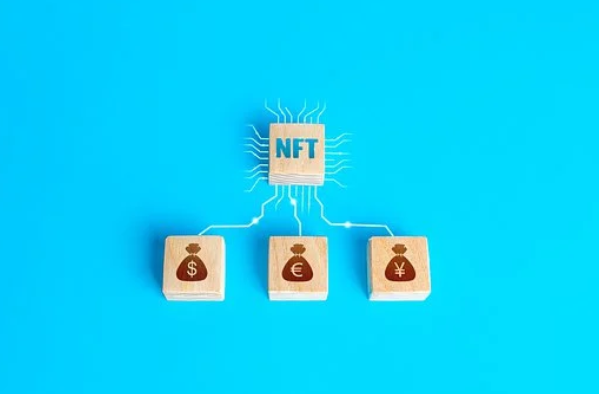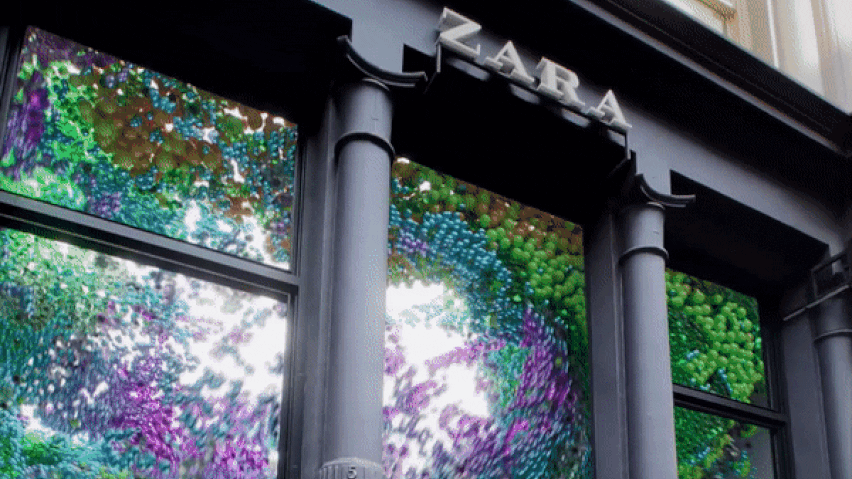Who would have imagined that digital art would reach iconic status in 2021? NFTs, new cyber artists, and collectors breeds are the driving forces behind its stellar rise. But we must not forget about "non-fungible tokens."
Benefits of a Digital "Certificate of Authenticity"
What is known as a "Certificate of Authenticity" in the real world is an NFTs in the digital world. NFTs have defined who owns what, and that owner can control where his artwork is sold and how many copies are sold.
There was a real concern in digital art markets that artists' work could be stolen, copied, and distributed freely in cyberspace. There were no safeguards in place to protect the proprietary of an artist's work.
The work could be copied, and the artist would receive no money or credit for his or her work. Their copies would be distributed freely. How would you know who the owner is after thousands of copies have been reproduced and distributed?
NFTs were the breakthrough that artists needed to protect their work and make a profit from their sales. It allows them to put their unique signature on their work. They can now set the selling prices for their digital artwork.
Another artist cannot falsely claim they are the originator of stolen work.
The collective artists’ fears have subsided about controlling their works and perhaps their destinies.
Digital Artwork selling for Millions?
Beeple: "Everyday: The First 5000 Days"
He can be considered one of the richest artists on the market today. Mike Winklemann, a graphic designer, known as "Beeple," was looking to improve his art skills. So he put his work "Everyday: The First 5000 Days" on display, and the unimaginable happened. He sold the work for $69.3 million, making him one of the most valuable living artists of the time.
He never considered himself an artist until one weekend in December when he sold many editions of his artwork. It brought in $3.9 million.
This piece was a compilation of 13 years of work, and it included visuals of Justin Bieber and Katy Perry, becoming iconic work in the digital art world.
(Photo Credit: publish0x)
His latest piece, "Crossroad”, is a work of Donald Trump's graffiti-strewn body laying on the ground. It sold for an amazing $6.6 million.
(Photo credit: Fully Crypto)
Beeple: "Crossroad”
“Grimes”
(Photo Credit: The Verge)
A famous musician, "Grimes”, sold her art pieces for $6.3 million in less than 20 minutes.
Flying Poptart Cats?
Christopher Torres, the "Nyan Cat" meme creator, a flying cat with a pop tart body, sold for almost $600,000.
Imagine these handfuls of art pieces selling for almost $80 million; this is how the digital art phenomenon has exploded.
But remember, these works have been bought by cryptocurrency.
(Photo Credit: The Verge)
Digital Art: Is it legit?
The "everyday" work was sold by the art-house "Christie's," which usually sells physical art pieces. By Christie's selling this cyber work, it legitimized digital art.
(Photo Credit: ChristiesRealEstate.com)
It doesn't seem likely that digital art will be losing popularity anytime soon. Art collectors are racing to digital art shows to buy the latest works.
Christie's did not go solo on this major digital art show. They partnered with Makersplace to sell "Beeple's" art. Makersplace was already an established art dealer in Digital Art because many investors have bought pieces from their website.
(Photo Credit: Variety)
Other major players in selling Digital art are Rarible and SuperRare, whose websites frequently handle millions of dollars worth of transactions.
Christie's and these website owners deal honestly with their investors and collectors. Every transaction (no matter the price) is done front and center. The ability to conduct transactions openly and honestly has increased the security of NFTs.
Christie's Recognized The Value of Beeple's Artwork
Christie's is one of the most reputable traditional art houses globally. They know valuable artwork when they see it. It was no small feat for Beeple to sell his artwork through Christie's.
Interestingly, before this sale, Christie's had never sold any art for cryptocurrency. They clearly they saw the potential of investing in and selling digital art.
Christie's Wake-Up Call
"That was a real wake-up call for all of us," said Noah Davis, a specialist in postwar and contemporary art at Christie's, "to see such significant sums being paid."
He went on to say that there is a potential paradigm shift occurring in art. (He referred to GameStop's revolt against Wall Street).
NFTs the Heartbeat of Digital Art
NFTs were created with the assistance of blockchain technology. Blockchain technology offers electronic ledgers which keep accurate records of all transactions. This allows the artist to show that they are the authentic owner of their artwork.
Non-Fungible Tokens Rule
Non-fungible tokens are kept in a virtual wallet and tied to specific NFTs and artists.
Art collectors also have NFTs, which allows them to collect digital art and claim unique ownership of their pieces. Non-fungible tokens are not equivalent, so they cannot be traded like bitcoins.
Have You Seen The Storefront At The Zara Store In NYC?
This piece was created by 3D digital artist Shane Fu. Click the link below for the full article and video.
Final Thoughts on Digital Art
Digital Art has taken cyberspace by storm. No longer are art shows relegated to physical markets. Digital art shows are now put on in cyberspace. This year, digital artwork became a $250 million enterprise.
NFTs have revolutionized the security parameters of digital art and have made a new wave of digital artists famous.









